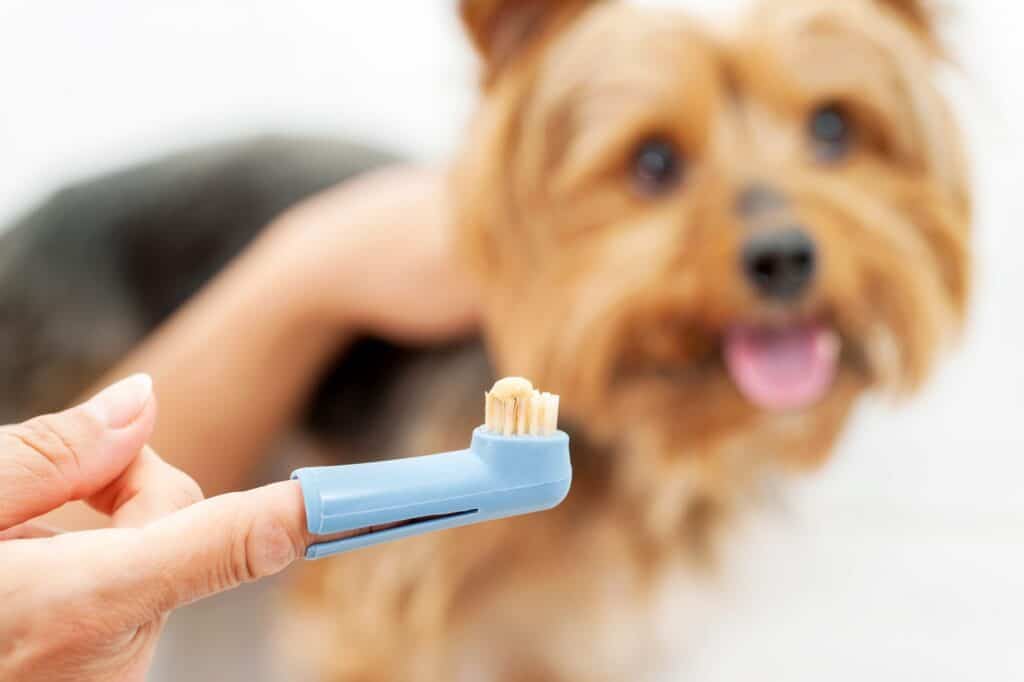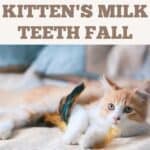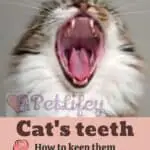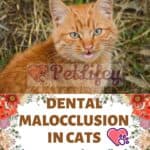
Taking care of the oral health of dogs is one of the ways to ensure good quality for these animals. Today we will show you how to brush your dog’s teeth.
In the wild, predators’ teeth clean themselves by eating tendons and chewing on bones.
Nonetheless, dogs in our age have changed their eating habits slightly, and dental hygiene has become part of the owner’s responsibility.
Dogs tend to have oral problems from the age of three , especially due to an accumulation of tartar, lacerations to the gums, broken teeth or problems resulting from a poor diet .
The care of oral hygiene in dogs is therefore of extreme importance, even if there are some recommendations to do it correctly.
Mouth care in puppies
The most important aspect to be able to brush your dog’s teeth correctly will be to get him used to this practice from an early age.
However, some particularities regarding the teeth of puppies must be kept in mind , so that future problems do not arise.
On average, puppies’ permanent teeth will not emerge until they are eight months old, although age can vary for each breed.
The gums are more sensitive when changing teeth, so the sensation of a toothbrush being rubbed into the mouth will not be pleasant at all.
For this reason it is recommended to use a special toothpaste for puppies to be applied with the finger , at least during the first weeks when you start brushing their teeth.
Always remember to be very careful, puppies tend to bite whatever happens between their teeth.
It is good to rub your puppy’s teeth and gums gently, with a gentle massage so they can get used to the sensation.
Once they get used to the massage, you can start replacing your finger with a soft-bristled puppy toothbrush . Teeth should be brushed once a week.
Care in adult and senior dogs
Once the dog has entered the adult stage, has changed all his teeth and has permanent dentition , mouth care should be part of the usual routine. From the age of three, it will be good to carry out a prophylaxis at least once a year.
As the dog approaches maturity, care will need to become more and more comprehensive, as some dental problems tend to worsen during old age.
Older dogs are more prone to suffering from oral cavity diseases, due in most cases to the accumulation of tartar. For example:
- Bad breath
- Loss of teeth
- Sensitivity
- Gingivitis
At the time of cleaning it will be good to make sure that the dog does not have gum wounds, blood or partial fractures to the teeth.
Tips to get your dog used to cleaning his teeth
If you haven’t gotten used to cleaning your dog from an early age, you can still do it as an adult. It will take a little longer , but dogs are intelligent animals and they learn fast.
- Do not use toothpaste for men for any reason , always use specialized paste for dogs.
- Sit next to the dog and stroke him until he relaxes . The ideal time is on returning from a walk , when the animal is tired.
- Remember to use your finger for the first few times. In the case of adult dogs it will not be too dangerous, as generally the urge to bite the owner’s hand will be gone. The replacement with the toothbrush will have to take place little by little.
- Let the dog sniff and try the toothpaste so he can get used to the flavor.
- Gently rub the base of the teeth with the toothbrush or finger , and take advantage of this to check the condition of the teeth and gums.
- Once this is done, let the dog lick off the excess toothpaste and stroke it as a reward for doing well during the practice.
- Don’t scold him or yell if he misbehaves. Simply wait for the dog to calm down and try again.






